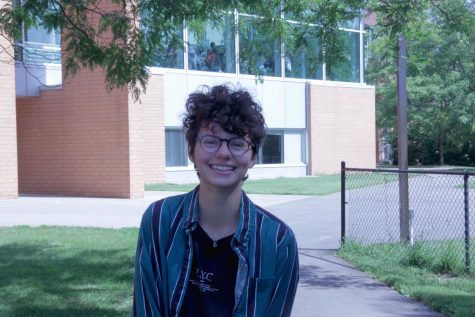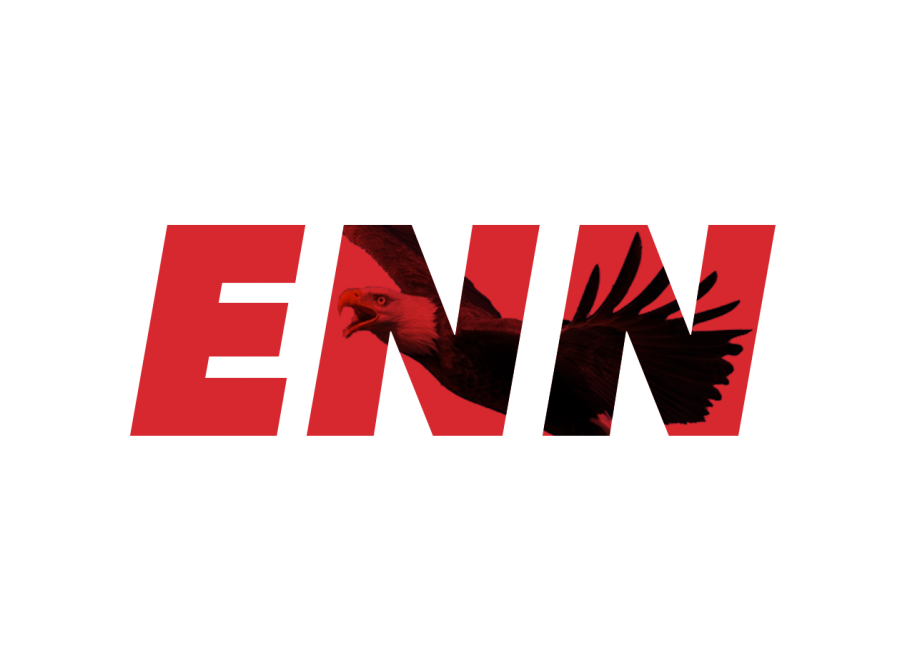What you need to know about the presidential nomination primary
February 1, 2020
Since 1992, Minnesota has held presidential nomination elections through a caucus system, but this year, Minnesotans will vote in a primary election. The newly implemented primary elections will bind delegates to vote for the candidate a plurality of people vote for. The elections will be held on “Super Tuesday,” March 3, the biggest day in primary voting around the country. Early absentee voting has been open since January 17.
Minnesota will still have caucuses for non-presidential elections like state representative and state senator. Caucuses are forums where voters can express opinions on issues, and after several hours of debate, they cast a vote for a candidate. The caucus system is structured to allow major political parties to endorse a candidate for election. For example, in 2018 Tim Walz and Jeff Johnson won the DFL and GOP endorsements, respectively, for governor.
When voting in the primary, voters must select a political party to choose a candidate. Minnesotans do not register and are not members of political parties. Any voter can enter the polling booth and pick any political party from which to choose a candidate. Their choice will only be accessible to the major political parties of the state. After picking a ballot, voters will choose a candidate to vote for and submit their ballot.
State Rep. Laurie Pryor of District 48A sees the move to a presidential primary as “a better way to get people to participate” because it removes the barrier for voters that caucuses created. At a caucus, several hundred people attempted to have civil discourse on issues they care about. Instead of the few minutes that voting in a primary takes, voters had to spend up to four hours talking about candidates. People who had the ability to spend those hours at the caucus and potentially miss work or school were over-represented in the caucus voting. While those who are unable to dedicate that time are under-represented.
While Democrats will have a large number of options when choosing their representative for the Democratic Party in the general election, Minnesota Republicans will only see President Donald Trump’s name on the ballot. The Minnesota Supreme Court recently heard a case arguing that the Minnesota GOP should not be allowed to put only one name on the ballot. The court ruled against the plaintiff, a candidate seeking the Republican nomination for president.
Congressional District 3 had the highest voter turnout in the country in 2018, and seeks to keep that number up. But, many have speculated whether or not voter turnout will decrease because there will only be one Republican on the ballot. Kathleen Porta, Eden Prairie City Clerk, said Hennepin County expects over 51 percent voter turnout in the presidential nomination primary election.
Minnesota elections have strong voter accessibility. Registering to vote can be done in-person on election day or online in less than five minutes. Voters do not need a drivers’ license on voting day if they are pre-registered.



